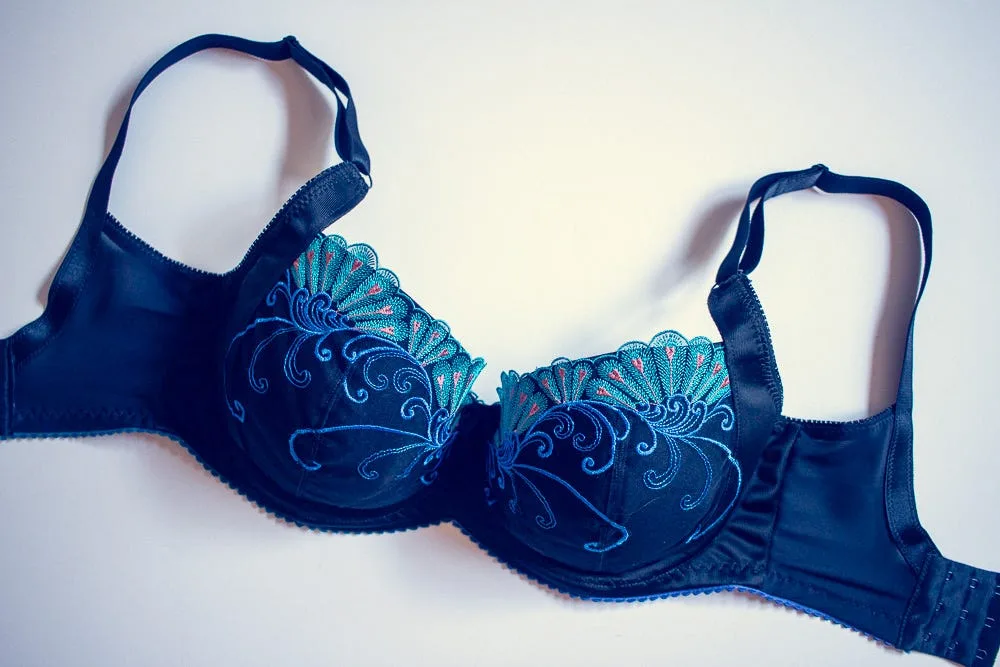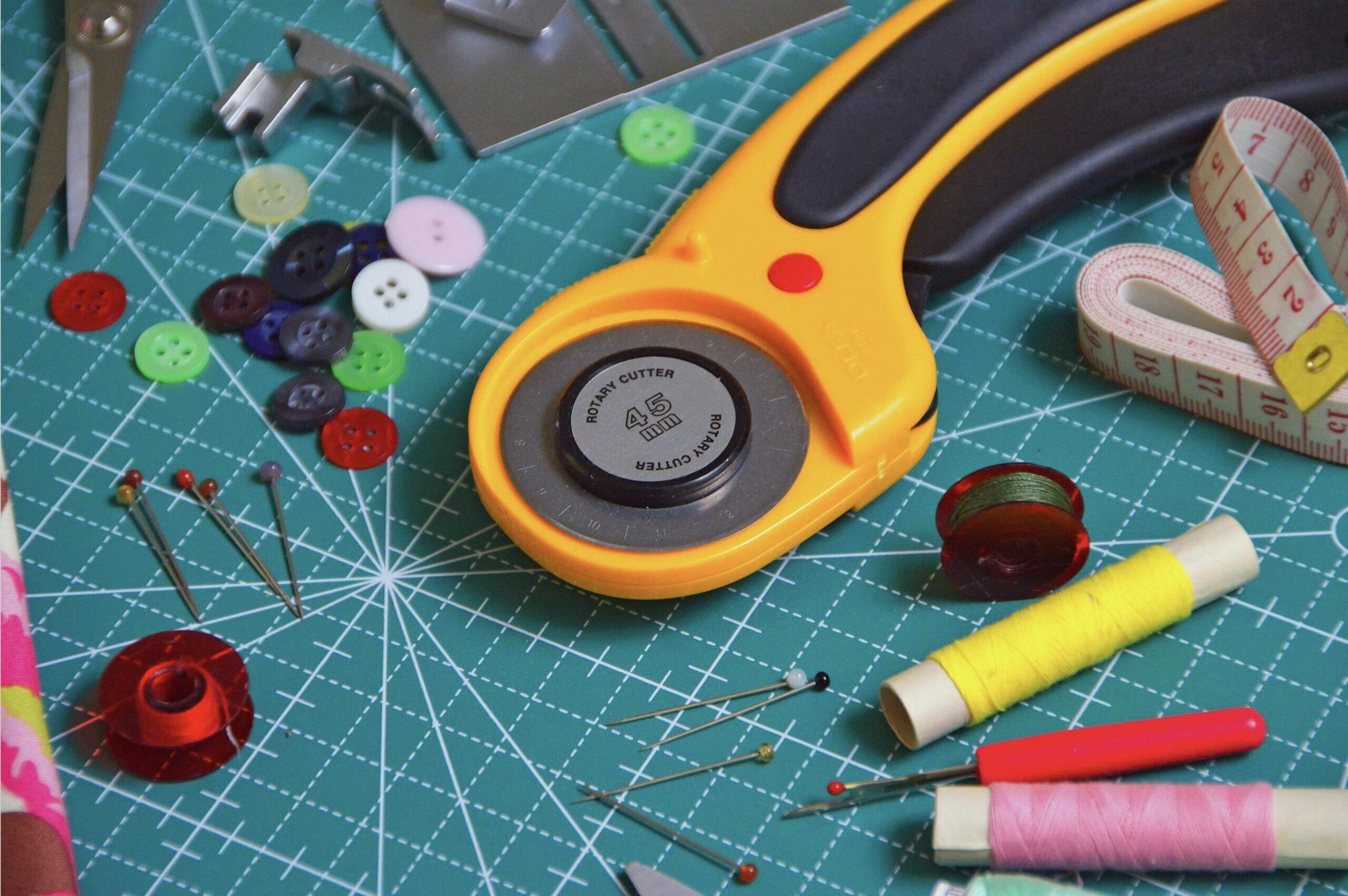A reflection on my 2023 monthly bra-making challenge
Greetings, dear readers! Today’s newsletter finally delivers on my long-promised review of my 2023 bra-a-month challenge. I’ll dive in to what I made, what I learned, as well as my plans for future bra-making — but first, an overview for those of you that didn’t follow along with the challenge and, maybe, don’t know exactly what I’m talking about.
Inspired by Emerald Erin’s Bra-A-Week and Evie La Lùve’s Let the Dice Design challenges, I set out in 2023 to do a bra-making challenge of my own in order to practice and fine-tune my bra-making skills. The thought of adding 52 new pieces to my lingerie drawer seemed excessive, not to mention the time involved in making a new bra each week, thus I opted for a monthly bra challenge instead.


What I Made
During the course of the challenge, I completed a total of eight underwire bras (three AFI Exquisites and five LilyPaDesigns Lusamines), one non-wired bra (the Cloth Habit Watson), one sports bra (the Evie La Lùve Mighty), one swimsuit (the Edgewater Avenue Newport), and one corset (the Aranea Black Dahlia).
For the first few of months, I determined each month’s make using a set of design dice that I made, which were inspired by the ones Hannah uses for her Let the Dice Design challenge. These were useful for getting the challenge started, and helped me to be a little creative when deciding on each month’s make.


By April, however, when I had finished my first Exquisite and Lusamine bras (neither of which was a great fit on the first go), I decided I might get better results if I focused on perfecting the fit of a single bra pattern at a time. So I made four more Lusamine bras (diverting only in June to make a swimsuit for my July trip to Las Vegas), and by the last two I felt like I was finally getting a decent fit. I then spent October and November perfecting the fit of the Exquisite, which I think I’m even happier with.




I was able to finish each of these projects within the allotted month except for my December project, which was the Dahlia Victorian Riding Corset. This was a pattern that used to be provided free by Aranea Black, but is no longer available to download. I’d been wanting to make it for years and thought it would make a fitting finale to this year-long project. But, December being busy as it always is, meant I didn’t actually get around to finishing it until well in to 2024.

What I Learned
One of the most important lessons that I learned is that, honestly, a bra challenge isn’t really a great way to learn to make bras, especially if you’re still working on tweaking the fit. In the first half of the year, I added a lot of finished bras to my collection that simply didn’t fit, when I would have been better off making toiles or fitting bands first.
I did, however, get a lot of practice using various finishing techniques which means my bras are looking very well-made inside and out, regardless of how well they fit. So that’s a plus.


What’s Next?
While I did manage to get the fit pretty good on a couple of bra patterns last year, I’m still not totally, completely happy with the way the bras fit me. Even though my underwear drawer is filling up with more me-mades, I often still find myself reaching for my trusty Comexim bras. I’d also like a more reliable way to adjust a bra pattern to fit me without it taking me multiple versions, or even a method to start to make my own bra designs from scratch.
A few years ago, I drafted a bra using the Porcelynne method as described in her book, Bare Essentials. It didn’t turn out great at all, I think in part due to the fact that I wasn’t nearly experienced enough in pattern drafting or bra making at the time. Now, coming off of the heels of my recent experience in Victoria Werner’s Confident Patternmaking course, I’ve decided to try my hand again at drafting a bra pattern to fit my body. This time, I’ll be using Porcelynne’s method, as well as the method laid out in Patternmaking for Underwear Design by Kristina Shin, and the Full Course for Bra Pattern Drafting from Merckwaerdigh.
I’ll make each bra using the same materials, starting with a fitting band, and then full toiles, adjusting as necessary until I decide which method works best and adjust from there. I would love to have a truly well-fitting bra pattern from which to fill out my lingerie drawer.
That’s it for today, but I’ll be sure to update you all here as I progress in this new project. And I’d love to know if any of you are bra-makers, too! Please leave me some comments — it’s always nice to know I’m not the only one struggling through the process of trying to make a well-fitting bra.


